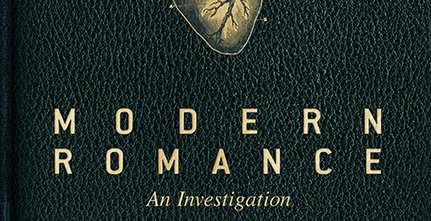
In one of the most iconic scenes in sitcom television history, Friends’ character Monica bends down on one knee and proposes to her long-time boyfriend, Chandler, in a romantic, candlelit, rose-filled apartment. Over fifteen years later, scholars suggest the reality of heterosexual marriage proposals is far less progressive. A recent article in The New York Times discusses why men remain more likely to propose marriage and why this tradition will likely not change in the near future.
Even as the traditional image of marriage has changed and the number of working and college-educated women continues to rise (studies show that men and women tend to marry spouses from comparable educational backgrounds), according to Amanda Miller, “Though women have more power to move the relationship closer to marriage, they still want the man to ask. That’s considered his job.”
Bradford Wilcox concurs, noting that women may also view their partner’s proposal as reassurance that he truly wants to get married (indeed, men often view their formal proposals as demonstrations of love and commitment to their future wives). A woman who proposes may face social consequences, though: Beth Montemurro adds that such women may be viewed as more masculine (and men who are proposed to may be viewed as more feminine). To avoid stigma, male-female couples generally stick to the script: men propose marriage.

Comments 1
Mikhaila — July 20, 2021
I can understand this article perfectly, finding a girl can be very hard if you’ve never had relationship before. To help you with dating online, I can share a great website for people that want to find the love of their life online. Finding a classy lady shouldn't be hard there if you put your mind to it and start chatting with other users.